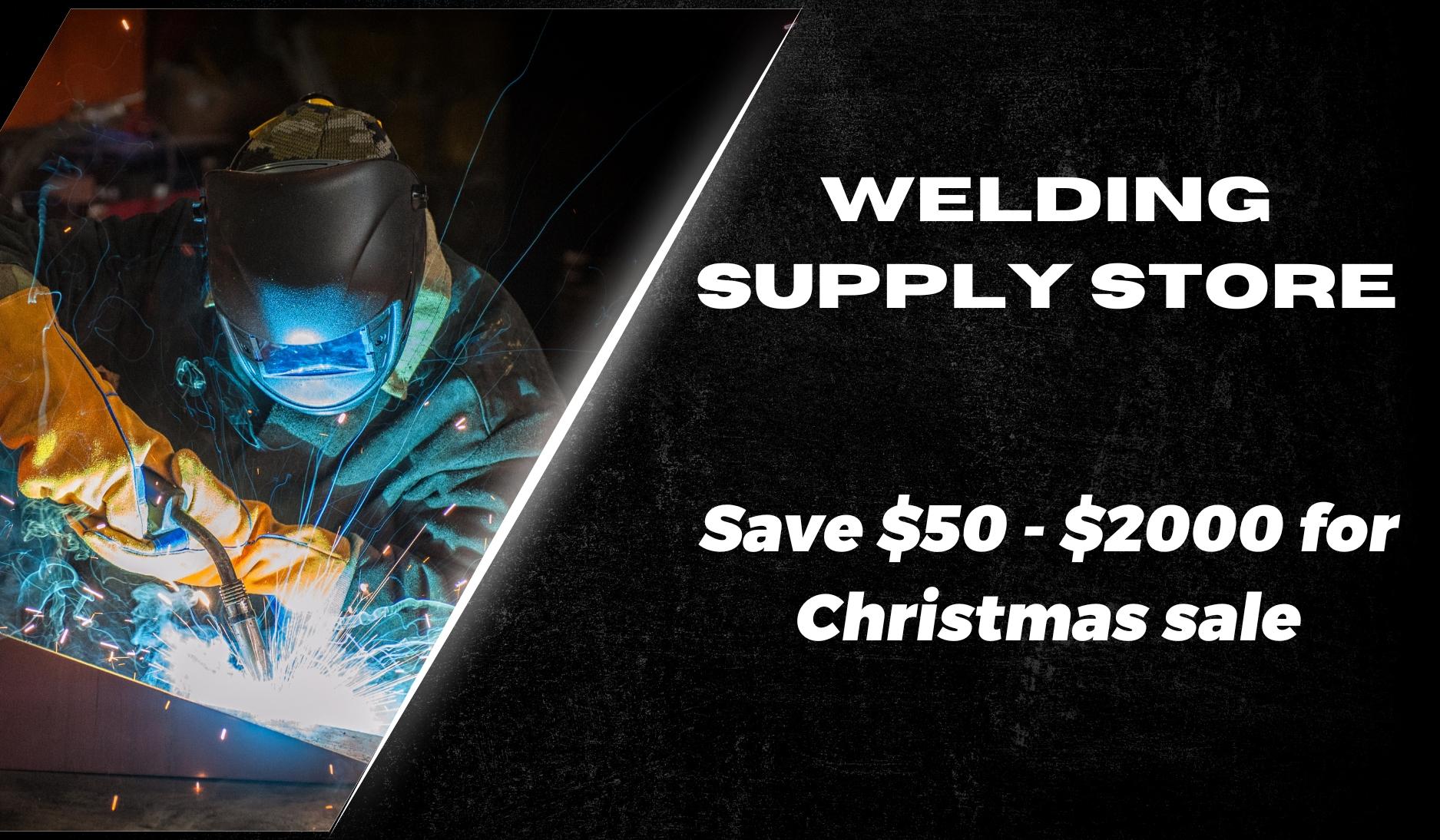Welcome to the world of welding, where precision meets craftsmanship, and every project is a work of art. As you embark on your welding journey, understanding the critical role of welding tanks and gases is paramount. This comprehensive guide will delve into the intricacies of welding tanks, the types of gases available, and how to navigate your way through the aisles of a welding supply store or welding shop.
Foundation - Welding Tanks
Welding tanks serve as the lifeblood of your welding setup. These sturdy containers store the gases essential for various welding processes, providing the necessary fuel to create solid and durable welds. Let's explore the critical aspects of welding tanks:
1.1 Types of Welding Tanks
Welding tanks come in different shapes and sizes, each designed for specific applications. The most common types include acetylene, oxygen, and argon tanks. Understanding the purpose of each class is crucial for a successful welding operation.
1.2 Tank Sizes and Capacities
Welding tanks vary, ranging from small portable cylinders to large stationary tanks. The size you choose depends on the nature of your projects and the frequency of use. Larger tanks typically accommodate extended welding sessions, while smaller ones offer portability and convenience.
1.3 Proper Handling and Storage
Ensuring welding tanks are correctly handled and stored is essential for safety and longevity. Secure your welding gas tank upright, away from direct sunlight, extreme temperatures, and potential impact sources. Regularly inspect tanks for leaks or damage, and always follow safety guidelines provided by the welding supply store.
Unveiling the Mysteries of Welding Gases
Now that we've established the importance of welding tanks let's turn our attention to the diverse world of welding gases. These gases play a pivotal role in welding, influencing arc stability, metal penetration, and overall weld quality.
2.1 Common Welding Gases
Several gases are commonly used in welding, each with unique properties and applications. The most widely employed welding gases are Argon, helium, carbon dioxide, oxygen, and acetylene. Understanding the characteristics of these gases is fundamental to achieving optimal welding results.
2.2 Matching Gases to Welding Processes
Different welding processes require specific combinations of gases to achieve the desired results. For instance, MIG (Metal Inert Gas) welding often utilizes a mix of Argon and carbon dioxide, while TIG (Tungsten Inert Gas) welding favors pure Argon. Matching the gas to the welding process is crucial for efficient and effective outcomes.
2.3 Gas for a MIG Welder
MIG welding, a popular and versatile method, relies on a shielding gas to protect the weld pool from atmospheric contaminants. Common choices for MIG welding include a mix of Argon and carbon dioxide or pure Argon, depending on the type of metal being welded. Understanding the specific gas requirements for your MIG welder is vital for achieving clean and precise welds.
Navigating the Welding Supply Store or Welding Shop
Armed with knowledge about welding gas and gases, it's time to step into the world of welding supply stores and welding shops. These establishments are your go-to sources for everything welding, from tanks and gases to welding wire and essential accessories.
3.1 Choosing the Right Welding Supply Store
Not all welding supply stores are created equal. Consider factors such as reputation, customer reviews, and product range when selecting a store. A well-established store with knowledgeable staff can provide valuable guidance and ensure you get the right equipment.
3.2 Exploring the Aisles: Welding Tanks and Gases
Once inside the welding supply store, head to the welding tanks and gases section. Familiarize yourself with the layout, and don't hesitate to seek assistance from store personnel. They can help you find the specific tanks and gases suitable for your welding projects.
3.3 Beyond Tanks and Gases: Essential Welding Supplies
While tanks and gases are crucial components of your welding setup, a well-stocked welding supply store offers a variety of other essential supplies. Explore the aisles for welding wire, safety gear, helmets, and tools that complement your welding endeavors.
Conclusion
As you embark on your welding journey, remember that success hinges on combining knowledge, skill, and the right equipment. Welding tanks and gases form the foundation of your welding setup, providing the fuel needed to transform raw materials into durable and well-crafted welds. Armed with the information from this ultimate guide, you're well-equipped to navigate the world of welding supply stores and shops, ensuring that your welding projects are fueled for success. Happy welding!
